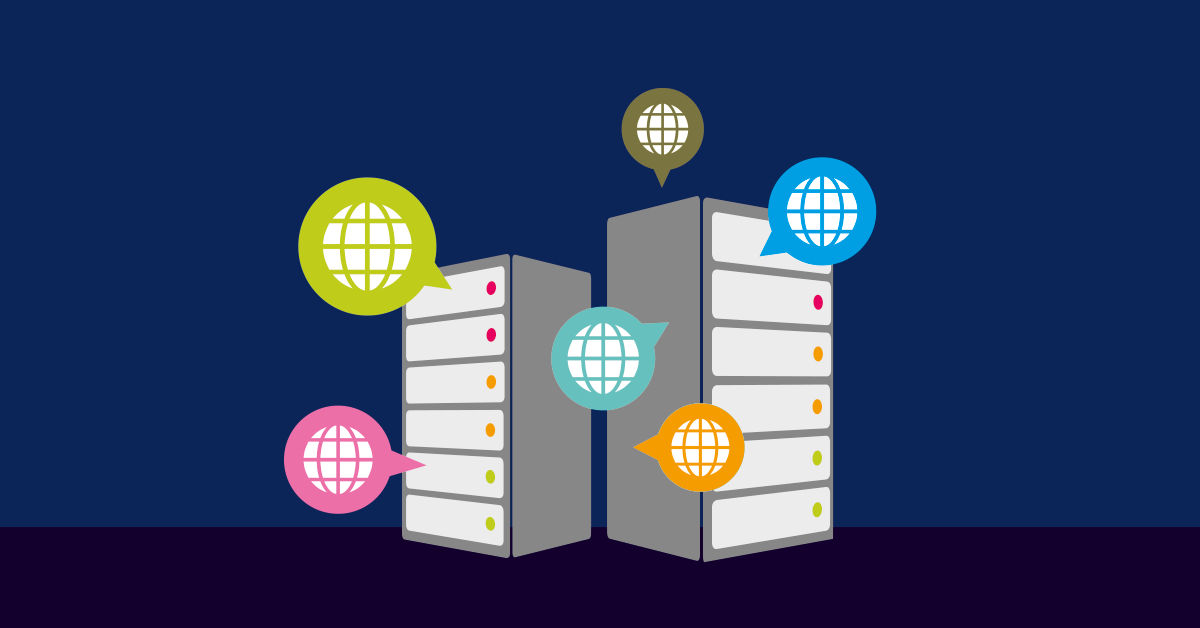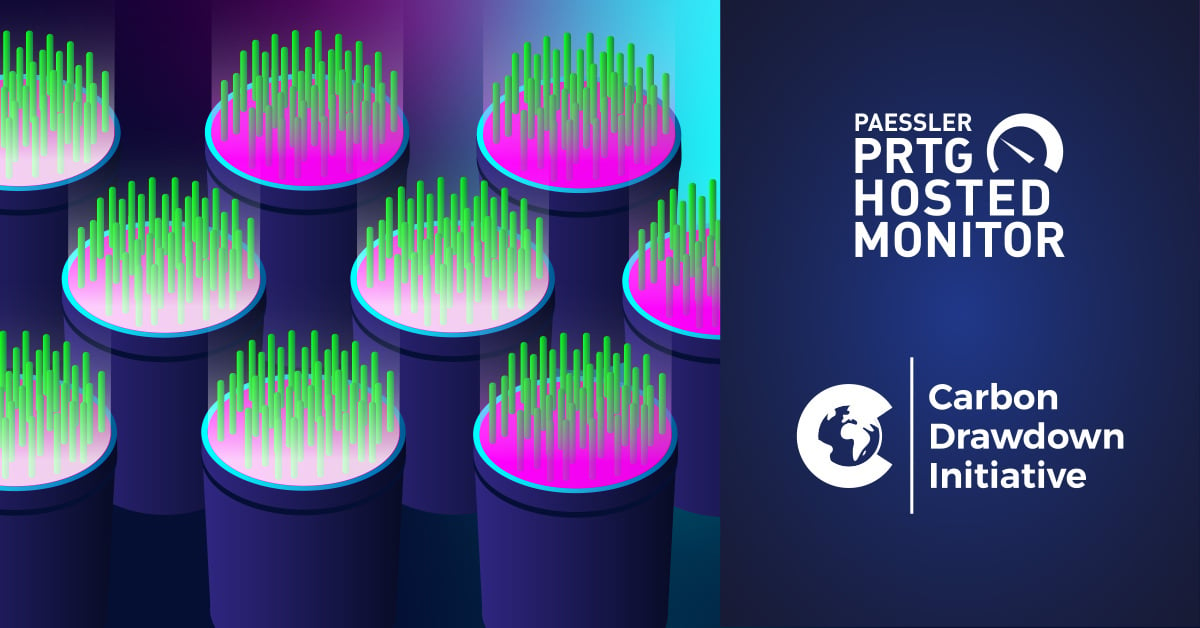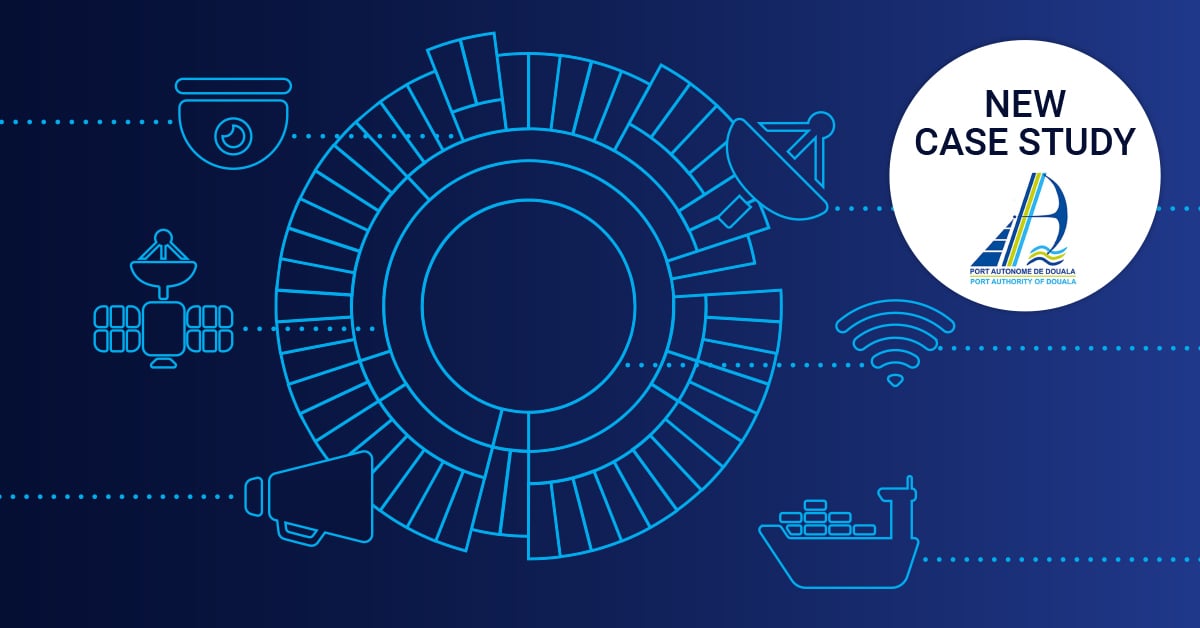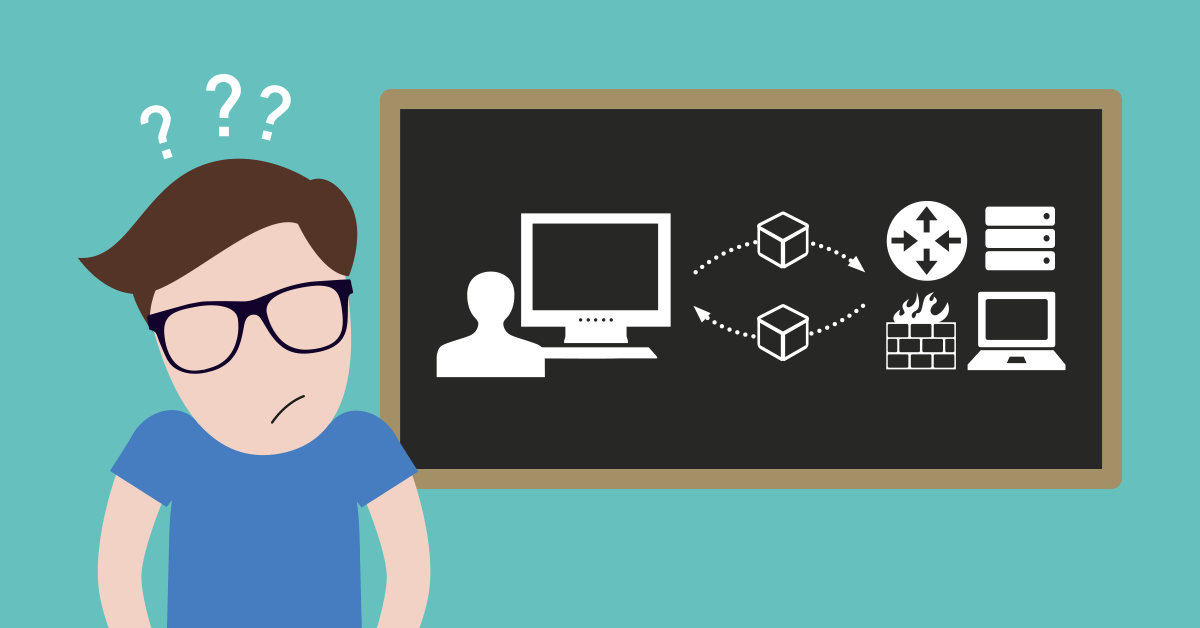When talking about network monitoring, most people think of SNMP (Simple Network Management Protocol) or WMI (Windows Measurement Instrumentation). But what is the difference and aren't the two protocols already outdated?
SNMP is a non-proprietary communication protocol for network devices, while WMI is a Microsoft protocol. Some queries are only supported by one protocol, others can be queried by both. But if you have the option to choose, you should prefer SNMP because it generates significantly less monitoring overhead than WMI.
Queries via WMI or SNMP are not obsolete by any means. On the contrary, SNMP is an essential basis for monitoring different devices. Especially if the devices are not from well-known manufacturers. The connection to an existing monitoring system is usually made via the MIB files (Management Information Base) provided by the manufacturer, which are then integrated using SNMP.
But which solution do you need if real-time monitoring is required or even mandatory? This is where the phrase streaming network telemetry comes into play.
What is network telemetry and where is it used?
(Streaming) Network Telemetry is real-time data collection in which devices push data to a centralized location. Did you know that “Telemetry” is a combination of the words “tele,” “remote” and “measure?”
Consider space flight, for example. For the engineers of a space mission it is indispensable to get as much information as possible from the systems used – in real time. Particularly when it comes to a manned mission, it is mandatory to constantly monitor the life support systems. A delayed transmission of the data can lead to the failure of the entire mission or in the worst case to a fatal accident.
Another example is motorsport. A sport in which a hundredth or even thousandth of a second can decide between winning or losing a race. Here as well it is important that the data (e. g. speed, pressure or temperature) of the sensors of the vehicle arrive at the command station in real time. Race engineers can give valuable tips to the driver and thus avoid a technical failure. By the way, at a typical Grand Prix weekend, about 400 GB of data is collected per car.
Difference between streaming telemetry and SNMP / WMI
The main difference between the two approaches is that a monitoring system using the SNMP and WMI protocols pulls the information from the respective sensor, whereas in streaming telemetry the data is pushed in real time from devices such as switches or routers to a collector.
For many sensors in the IT environment, the transmission of information in real time is not necessary at all. For example, with a storage system it is sufficient for the administrator to receive a notification that the available storage space is decreasing unusually rapidly or has exceeded a previously defined threshold.
Even high-traffic networks can be optimized and monitored today without network streaming telemetry. One possibility is the use of sFlow which stands for "sampled flow" and works with statistical sampling of the data traffic to ensure scalability for interfaces with high data volumes. This technology provides low CPU and data line load as well as detailed data collection. NetFlow can also be an interesting alternative – introduced by Cisco and supported by several vendors.
Since Paessler PRTG fully supports different flow protocols, switches and routers that provide data e.g. via sFlow can be monitored very efficiently. This helps you to identify strong traffic originators and eliminate bottlenecks in your network. The combination of sFlow and PRTG effectively prevents outages and provides valuable clues to optimize overall network performance.
Feel free and have a look at our 30-day free trial of Paessler PRTG and put all the features through their paces.
 Published by
Published by 












